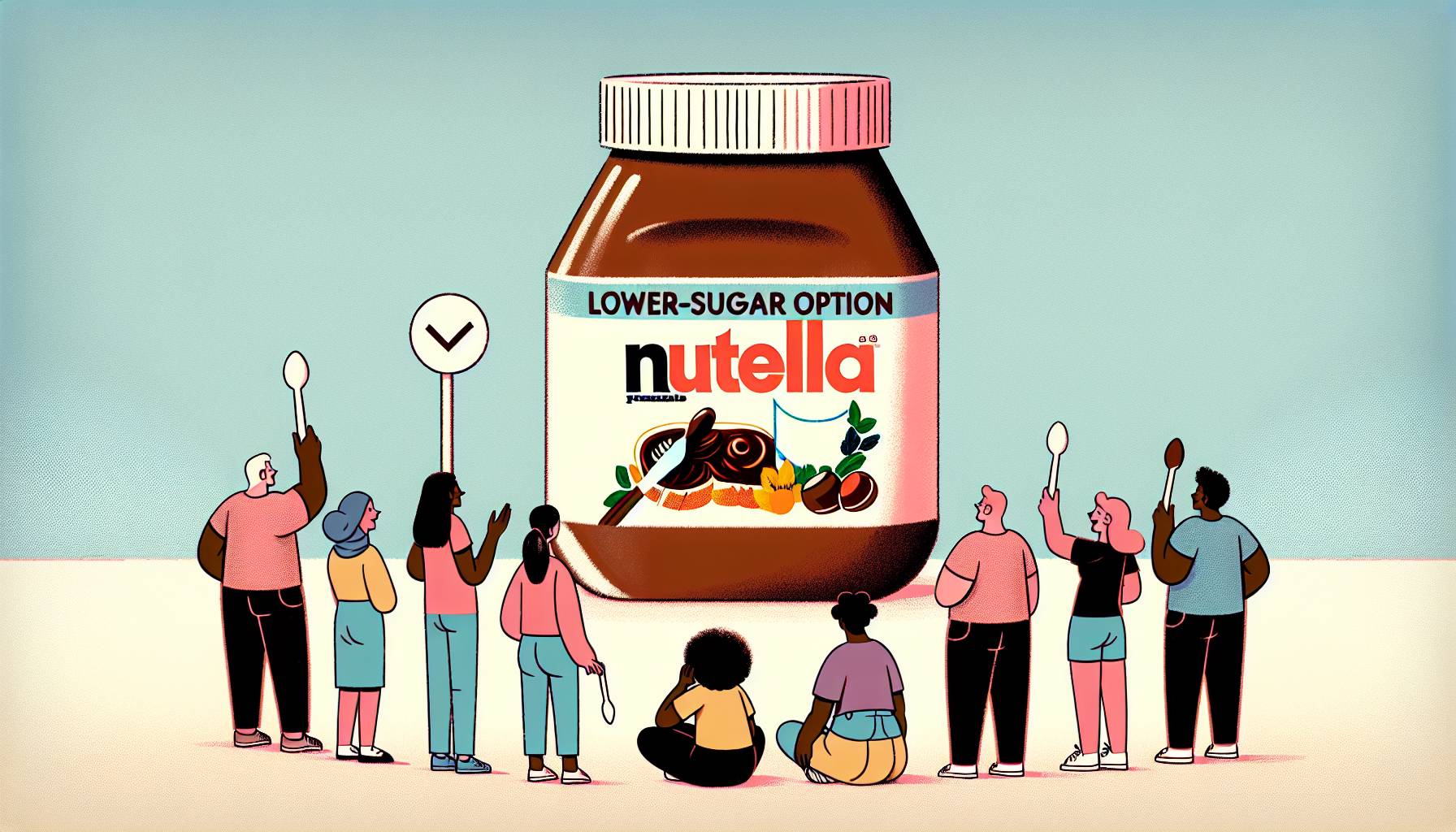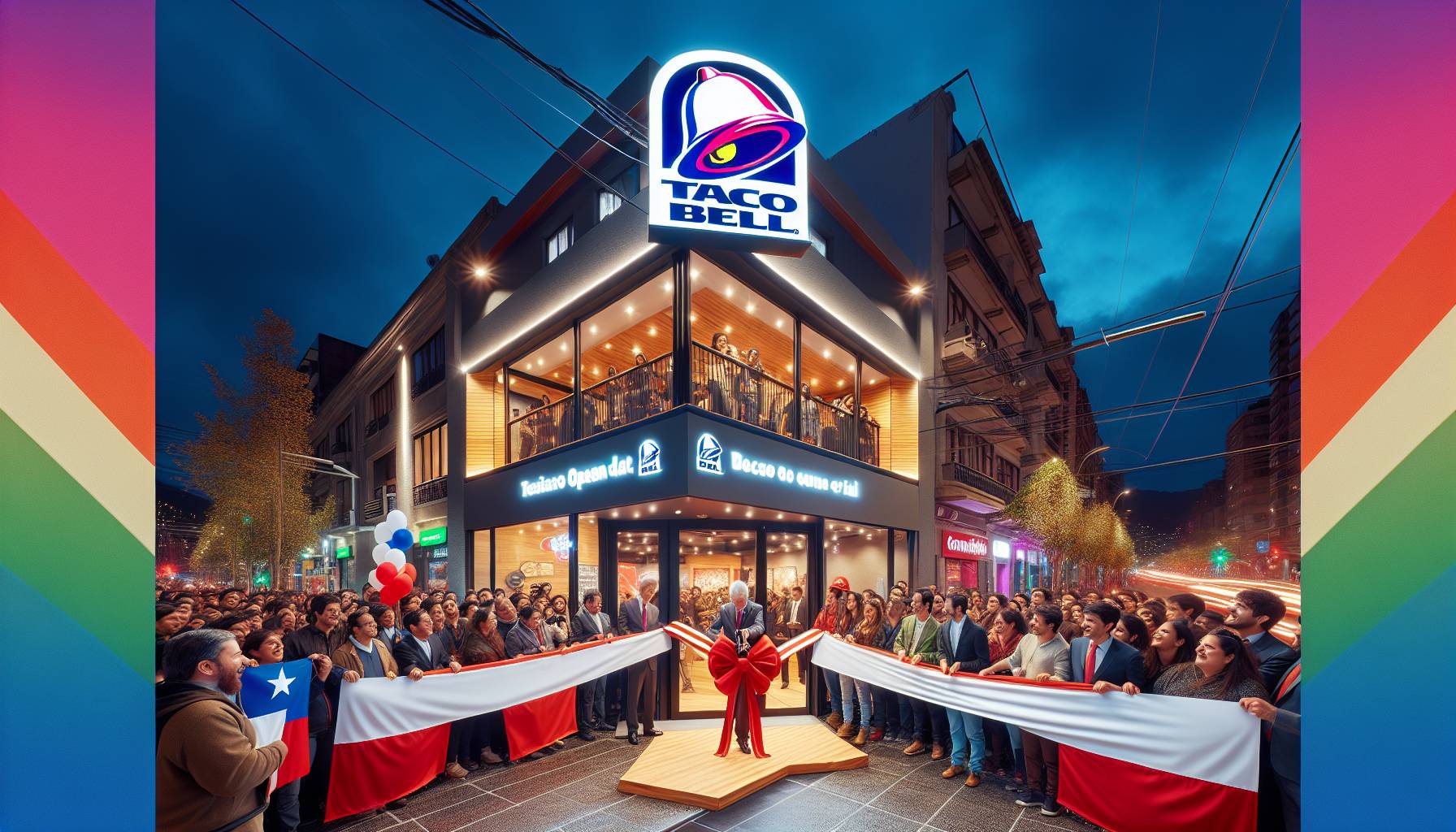
The potential influence of Nutella Peanut on the Australian spread marketplace
The anticipated introduction of Nutella Peanut by Ferrero in the U.S. might appear to be a far-off event, yet for investors and stakeholders in the Australian food sector, it foreshadows a potential upheaval within the local spreads market. Australia’s nut spread sector is already well-established and competitive, with local brands such as Bega and Mayver’s holding a significant presence on store shelves and enjoying consumer loyalty. Nevertheless, the arrival of a premium cocoa-peanut fusion from a global powerhouse like Ferrero could change the game — merging indulgence with a sense of familiarity.
Australian consumers have demonstrated an increasing desire for premium and unique food offerings, especially those that bring a fresh twist to classic favorites. Nutella Peanut, with its combination of roasted peanuts and cocoa, is ideally suited to capitalize on this trend. Although its release in Australia is not yet confirmed, the product’s performance in the U.S. could act as a benchmark for potential international expansion — making Australia, with its high per capita spread consumption and receptiveness to global food trends, a logical next target.
This development heightens the stakes for local producers. A new entrant into the peanut spread market, bolstered by Ferrero, could pressure domestic brands to either innovate or reassess their positioning. The Italian firm’s capability to utilize its global brand strength, marketing prowess, and distribution networks could swiftly elevate Nutella Peanut to a premium level, likely prompting consumers to shift from traditional peanut butters to a more indulgent choice.
Retailers need to pay attention as well. Should Nutella Peanut gain traction in the U.S., Australian supermarkets may soon experience increased consumer demand for it. Decisions regarding inventory, shelf placement, and promotional tactics will need to evolve rapidly to accommodate this new category player, which does not neatly align with existing product lines — it is neither a conventional chocolate spread nor a traditional peanut butter.
From an investment standpoint, Ferrero’s actions highlight the necessity of agility within the FMCG landscape. Australian food firms with stakes in the spreads market may need to revisit their product portfolios and marketing approaches. Additionally, there is potential for growth for packaging suppliers, logistics companies, and co-manufacturers if Ferrero opts to localize production in the area — mirroring its U.S. strategy of investing in domestic manufacturing infrastructure.
Ultimately, Nutella Peanut signifies more than merely a new flavor. It signals that global brands are prepared to disrupt established categories through bold, consumer-focused innovations. For Australia’s food industry, the message is unmistakable: prepare to compete not solely on price or tradition, but on experience and differentiation.
Ferrero’s international strategy and its implications for the Asia-Pacific
Ferrero’s proactive expansion strategy in the U.S. provides a telling blueprint for the company’s growth approach in the Asia-Pacific region — with Australia potentially playing a crucial role. The company’s readiness to commit substantial investment in local manufacturing, as demonstrated by the $75 million allocation to update a former Nestlé plant in the U.S., indicates a long-term focus on regional market integration, rather than just an export-driven growth model. For Australian investors, this presents a promising opportunity: if Ferrero employs a similar localization strategy here, it could lead to new capital investments, job opportunities, and supply chain collaborations throughout the FMCG landscape.
Strategically, Ferrero’s framework is centered around three core principles: product innovation customized to local preferences, acquisition of complementary brands, and investment in domestic production. This strategy has already yielded significant results in the U.S., where Nutella sales have almost doubled since 2020, elevating the company into the top tier of candy firms nationally. If adopted in Australia, this method could not only disrupt the spreads market but also intersect with adjacent industries like confectionery, snacks, and even frozen desserts — especially in light of Ferrero’s recent brand acquisitions such as Halo Top and Power Crunch.
More broadly for the Asia-Pacific region, Ferrero’s U.S. strategy provides a guideline for how European brands can expand in diverse, rapidly growing markets. Given Australia’s stable regulatory framework, high consumer spending levels, and its strategic position as a gateway to Asia, it is well-suited to act as a regional hub. Should Ferrero opt to set up manufacturing or R&D centers here, it could spark increased investment from other global food entities looking to penetrate Southeast Asian and East Asian markets.
A competitive dimension must also be considered. If Ferrero swiftly capitalizes on establishing a presence in Australia with Nutella Peanut or other innovations, it could preclude similar actions by competitors like Mondelēz or Nestlé, who have been less agile in adapting to regional tastes. This urgency compels Australian food manufacturers to innovate and differentiate — not only to safeguard domestic market share but also to stay relevant in a globalized supply chain where adaptability and consumer insight are essential.
Institutional investors and fund managers should closely monitor Ferrero’s forthcoming actions. Any signs of capital investment in Australia — whether through acquisitions, joint ventures, or greenfield endeavors — might indicate a broader trend of European FMCG companies shifting their focus to Asia-Pacific as a growth driver. For publicly listed Australian firms in logistics, packaging, or food technology, this could mean new revenue opportunities and partnership prospects.
In summary, Ferrero’s international strategy transcends the mere sale of additional jars of spread — it revolves around constructing a scalable, regionally integrated business model capable of flexing across continents. For Australia, the outcomes are evident: be prepared to engage, compete, and potentially collaborate with one of the world’s most ambitious food conglomerates.

